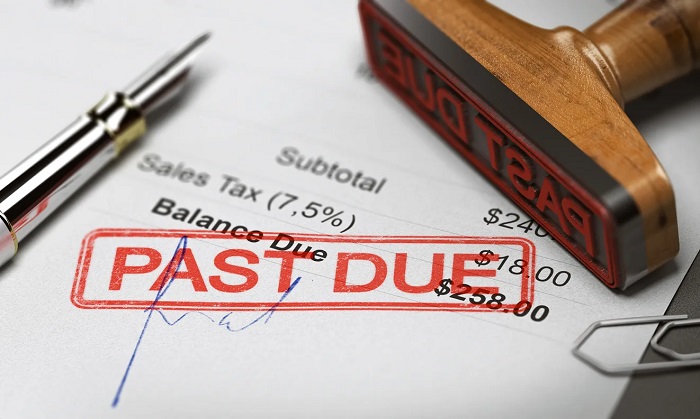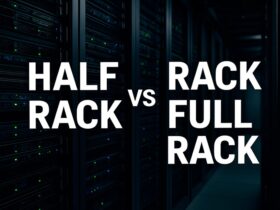Debt collection in the USA is a complex and highly regulated process aimed at recovering unpaid debts from individuals or businesses. The legal framework governing this process is designed to protect both the rights of creditors seeking payment and debtors who might be facing financial hardships. Understanding the debt collection legal process is crucial for creditors, debtors, and third-party collection agencies to ensure compliance with federal and state laws.
1. Initial Steps in Debt Collection
The debt collection process typically begins when a borrower fails to make payments on a debt, whether it’s related to credit cards, personal loans, medical bills, or other types of credit. Once the debtor becomes delinquent, the creditor will attempt to recover the debt by sending reminders, statements, and notices of overdue payments.
If these initial attempts to collect the debt fail, the creditor may take further actions, including hiring a third-party debt collection agency. Alternatively, some creditors sell delinquent debts to these agencies for a fraction of their value. Debt collectors are then tasked with recovering the full amount owed, plus any interest or fees that may have accrued.
2. Federal Regulations on Debt Collection
Debt collection in the USA is primarily governed by the Fair Debt Collection Practices Act (FDCPA), a federal law enacted to protect consumers from abusive and unfair practices by debt collectors. The FDCPA outlines what collectors can and cannot do when attempting to recover debts. Key provisions include:
- Communication Restrictions: Debt collectors cannot contact debtors at unreasonable times, such as before 8 a.m. or after 9 p.m., unless the debtor consents. They are also prohibited from making repeated phone calls to annoy or harass the debtor.
- Written Notice of Debt: Within five days of the initial contact, debt collectors must send a written notice detailing the amount owed, the creditor’s name, and a statement informing the debtor of their right to dispute the debt.
- Prohibition of Deceptive Practices: Collectors cannot use misleading or deceptive practices. For example, they cannot falsely claim that they are attorneys or threaten legal action unless they intend to pursue it.
Debtors also have the right to request that the debt collector cease communication, at which point the collector must stop unless they are notifying the debtor of legal action.
3. State Laws on Debt Collection
In addition to federal regulations, each state in the USA has its own debt collection laws, which may provide additional protections for debtors. Some states impose stricter limits on how collectors can pursue debts, while others have different statutes of limitations — the period during which a debt can be legally collected.
For instance, in California, the Rosenthal Fair Debt Collection Practices Act expands the FDCPA’s protections to include original creditors, not just third-party collectors. In contrast, New York’s laws require debt collectors to provide consumers with specific information about their debt before any legal action is taken.
4. Debt Collection Litigation
If a debt remains unpaid and the creditor or collection agency is unable to recover the funds through regular communication, the next step may involve legal action. This is known as debt collection litigation. The creditor or collector can file a lawsuit in court to obtain a judgment against the debtor.
Once a lawsuit is filed, the debtor will receive a summons and a complaint, explaining the details of the case and the amount of the debt. The debtor must respond within a certain period (typically 20 to 30 days), either by disputing the debt or agreeing to settle.
If the debtor fails to respond or loses the case, the court may issue a default judgment in favor of the creditor. This judgment gives the creditor the right to pursue various collection methods, such as:
- Wage Garnishment: The court may order the debtor’s employer to withhold a portion of their wages and send it directly to the creditor until the debt is satisfied.
- Bank Account Levy: The creditor can ask the court to freeze the debtor’s bank accounts and withdraw funds to cover the debt.
- Property Liens: In some cases, the creditor may place a lien on the debtor’s property, which can prevent the sale or refinancing of the asset until the debt is paid.
5. Bankruptcy and Debt Collection
When debtors are overwhelmed by multiple debts, they may consider filing for bankruptcy. Bankruptcy is a legal process that can provide relief from debt collection efforts by discharging certain debts or reorganizing them through a court-approved plan. Once a debtor files for bankruptcy, an automatic stay goes into effect, halting all collection activities, including phone calls, lawsuits, and wage garnishment.
There are different types of bankruptcy available, the most common being Chapter 7 and Chapter 13. In Chapter 7 bankruptcy, most of the debtor’s unsecured debts are discharged, while Chapter 13 allows debtors to reorganize their debts and make payments over a period of three to five years.
6. Conclusion
Debt collection in the USA involves a series of steps that are regulated by both federal and state laws to ensure that the rights of both creditors and debtors are respected. While creditors have a right to recover unpaid debts, debtors are also protected from harassment and unfair practices. Understanding the legal process can help both parties navigate the complexities of debt collection, resolve disputes efficiently, and avoid unnecessary legal battles. Whether you are a creditor seeking to recover unpaid debts or a debtor facing collection efforts, knowledge of your rights and obligations is essential in navigating the debt collection process.
More information about debt collection in the USA by this link – https://www.grandliga.com/debt-collection-in-the-usa/












Оставить ответ